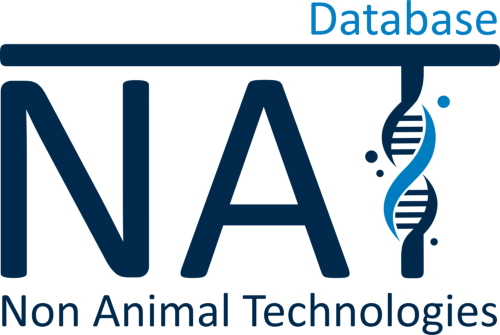Impact of exposure scheme on genotoxicity using a 3D liver model
2021
Swansea University Medical School, Swansea, United Kingdom
This study aimed to determine if acute (24 h) and prolonged (120 h) exposures to nanomaterials would have a significantly different toxicological outcome with regard to cytotoxicity, (pro-)inflammatory and genotoxic response. Using spheroids prepared from the human epithelial cell line HepG2, it was found that the tested nanomaterials did not impede liver functionality (e.g. albumin and urea production), induce cytotoxicity or an IL-8 (pro-)inflammatory response, but all were found to cause significant genotoxicity following acute exposure. Whilst there was no difference between a single, bolus or fractionated, repeated prolonged exposure regimes upon the toxicological output of 3D HepG2 liver spheroids, there was a difference between acute and prolonged exposures. This study demonstrates that 3D in vitro hepatic spheroid models have the capacity to be utilized for evaluating more realistic exposure schemes, thereby providing a future in vitro approach to better support nanomaterial hazard assessment.
Understanding the impact of more realistic low‑dose, prolonged engineered nanomaterial exposure on genotoxicity using 3D models of the human liver
Shareen H. Doak
Added on: 07-06-2022
[1] https://jnanobiotechnology.biomedcentral.com/articles/10.1186/s12951-021-00938-w





